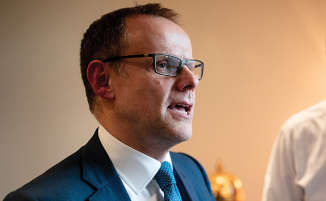Sometimes in institutional terms, something has to die before something new can live. The good news for Ashurst, as chronicled in this month’s cover feature, is that the City player is showing vivid signs of renewed life, with the firm set to post by far its best performance after a decade that has been plain bad. After the low points in late 2016 and early 2017, level-headed people were asking how long this could continue before decline became outright calamity.
The obvious caveat – and it is a substantial one – is that this has come largely by building on the ruins of what Ashurst was: a storied, corporate-driven City player with enviable history and a cohesive culture. What has emerged as the old edifice progressively crumbled is unrecognisable against Ashurst circa 2009. Thanks to its controversial merger with Blake Dawson, the shape and practice mix of the business has radically changed. Its once-vaunted private equity team has been battered down to functional coverage across Europe – the final blow to any borderline claim to first-division status being Freshfields Bruckhaus Deringer’s five-partner Paris raid two years ago. And most of the big-name corporate figures have left over the years or retired – most recently Robert Ogilvy Watson and Simon Beddow – leaving a core corporate practice generating around 20% of its income; on paper, you would expect a firm of this heritage to be doing over 30%. Continue reading “Vital signs – the passing of old Ashurst holds new life”















